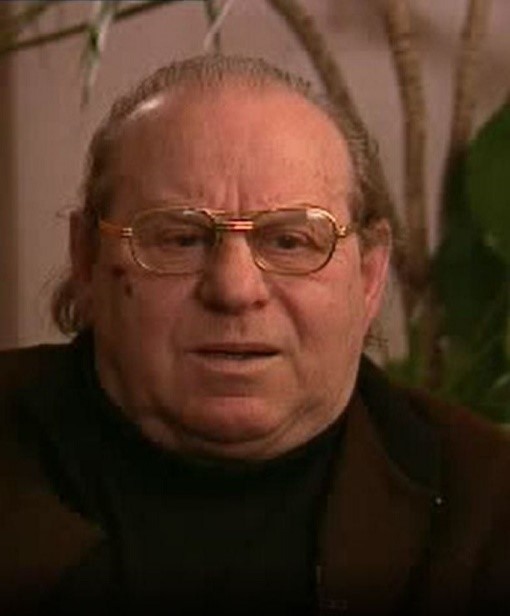Lev Raizman was born in 1922 in Minsk. His father Abram, a tailor by trade, was a native of Poland who had settled in Minsk after the Russian Revolution. A short time after Lev's birth, the family moved to Tiumen, Western Siberia, where he finished a ten-year school in 1940. That same year, Lev Raizman was drafted into the Red Army. He was sent to the town of Kałusz in Eastern Poland (Western Ukraine), which had just been annexed by the USSR, where he served in the anti-tank artillery. Since Kałusz lay near the new western border of the Soviet Union, Lev Raizman saw action from the very first day of the German invasion of the USSR, June 22, 1941. The fighting was intense, and Raizman's 15th Howitzer Artillery Regiment was forced to retreat. In late July or early August 1941, Raizman was wounded and taken prisoner by the Germans. Because of his fair complexion, he was not identified as a Jew by his captors. Several weeks later, as the POWs were being transferred between camps, Raizman managed to escape. In October 1941, he arrived in the Romanian-occupied Odessa.
In Odessa, Lev Raizman, who passed himself off as a Russian named Leonid Razikov, established contacts with the city's Soviet underground, which enabled him to live in the city and provided him with fake ID documents. He did not take part in any acts of resistance. In April 1944, Odessa was liberated by the Red Army, and, after a brief screening, Raizman resumed his military service. In August 1944, he took part in the Jassy-Kishinev operation, and then passed through Romania and Bulgaria (both countries capitulated to the Soviets). He later saw action in Hungary and Austria, meeting V-E Day in a village near Lake Balaton in Hungary. As a former POW, Raizman received no wartime military decorations, except for commemorative medals.
After the end of the war, Raizman was discharged from the military, and settled in Moscow. He finished an arts school and became a sculptor, making a name for himself mainly as a portrait sculptor.
Lev Raizman died in 2005.







